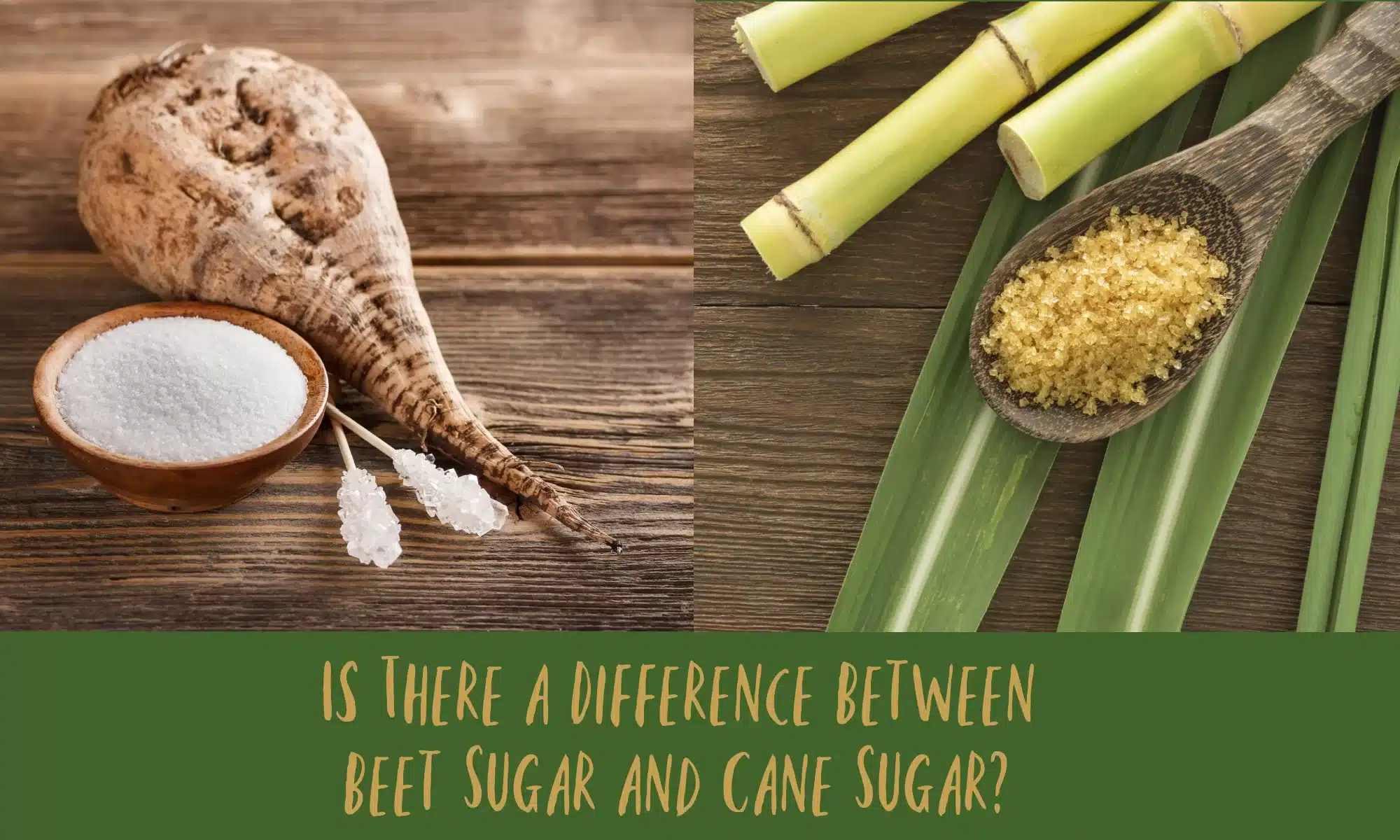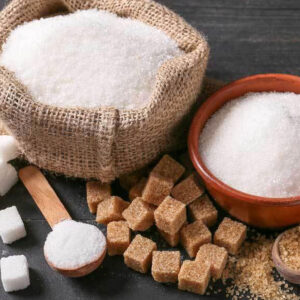A key factor in the beet sugar vs cane sugar debate is how each kind impacts baking.
A key factor in the beet sugar vs cane sugar debate is how each kind impacts baking.
Blog Article
Discover the Uses and Benefits of Beet Sugar Vs Cane Sugar in Your Daily Diet Regimen
Checking out the distinct high qualities of beet and cane sugar reveals greater than just their sweetening capacities; it highlights their special influence on wellness and cookeries. Beet sugar, understood for its subtle taste, is frequently preferred in delicate treats, whereas cane sugar, with its hint of molasses, includes splendor to durable meals. Each kind holds its own dietary profile and glycemic effects, inviting a much deeper understanding of their duties in a balanced diet regimen and sustainable intake methods.
Origin and Manufacturing Processes of Beet and Cane Sugar

The distinctive climates and dirt kinds needed for growing sugar beets and sugarcane contribute to differences in their cultivation practices and geographical distribution, affecting the business economics and sustainability of their manufacturing. beet sugar vs cane sugar.
Nutritional Contrast In Between Beet Sugar and Cane Sugar
Despite stemming from different plants, beet sugar and cane sugar are nutritionally very similar, both largely consisting of sucrose. Each offers regarding 4 calories per gram, equating to about 16 calories per tsp. Structurally, both sugars are made up of approximately 99.95% sucrose, with very little amounts of other compounds like wetness and trace element, which do not significantly alter their nutritional profiles.

Inevitably, when picking in between beet sugar and cane sugar based on dietary web content alone, both offer identical benefits and drawbacks as they are essentially types of the exact same particle-- sucrose, giving fast power without various other nutrients.
Effect On Health: Glycemic Index and Caloric Content
Checking out even more right into the impacts of beet sugar and cane sugar on health, it is vital to consider their glycemic index and calorie content. The glycemic index (GI) of both beet and cane sugar is around 65, classifying them as high-GI foods, which can trigger quick spikes in blood sugar levels.
Each kind of sugar includes around 4 calories per gram, making their caloric content matching. For those keeping an eye on caloric consumption, especially when taking care of weight or metabolic health and wellness problems, comprehending this equivalence is vital (beet sugar vs cane sugar). Too much consumption of published here any kind of high-calorie, high-GI food can contribute to health and wellness concerns such as excessive weight, heart illness, and insulin resistance.
Environmental and Economic Considerations of Sugar Manufacturing
Beyond wellness impacts, the manufacturing of beet and cane sugar also increases substantial environmental and financial problems. Sugar beet cultivation has a tendency to call for cooler climates and has a lower geographical impact compared to sugar cane, which flourishes in tropical regions. Both plants are extensive in terms of water use and land occupation, possibly leading to logging and water scarcity. Economically, the worldwide sugar market is extremely volatile, influenced by changes in international trade plans and aids. Many nations incentivize sugar manufacturing via financial backing, skewing market rates and affecting small-scale farmers adversely.
Furthermore, using chemicals and plant foods in both beet and cane sugar growing can cause dirt degradation and contamination, more influencing biodiversity and neighborhood water why not check here bodies (beet sugar vs cane sugar). The selection between growing sugar beet or cane usually rests on neighborhood environmental conditions and financial variables, making the sustainability of sugar manufacturing a complicated problem
Culinary Applications and Flavor Differences
While the ecological and economic facets of sugar manufacturing are certainly substantial, the choice in between beet and cane sugar additionally influences cooking applications and taste profiles. Beet sugar, acquired from the sugar beet plant, is understood for its remarkably neutral preference.
Cane sugar, removed from sugarcane, commonly maintains molasses traces, which impart an unique richness and depth. The small variant in dampness web content between beet and cane sugar can influence the structure and uniformity of dishes, making cane sugar a favored selection for particular recipes that benefit from its special properties.

Verdict
Finally, both beet and cane sugar have distinctive beginnings and manufacturing procedures, supplying similar nutritional profiles with slight differences in sodium content and taste. While their influence on health and wellness, especially pertaining to glycemic index and calories, is equivalent, the selection in between them commonly comes down to environmental, economic elements, and particular culinary needs. Recognizing these aspects can guide customers in making notified decisions that straighten with their health and wellness goals and taste choices.
Report this page